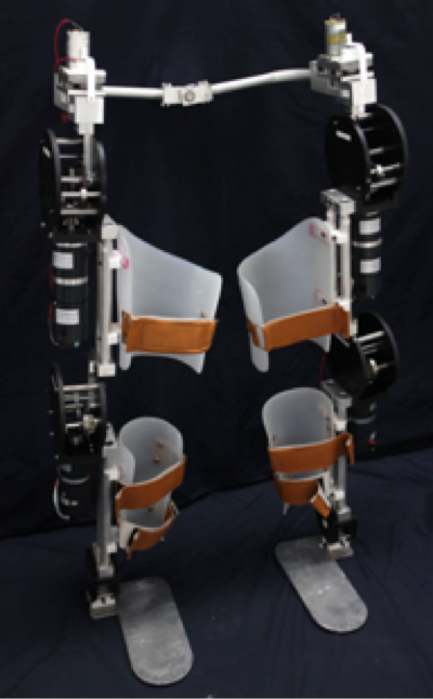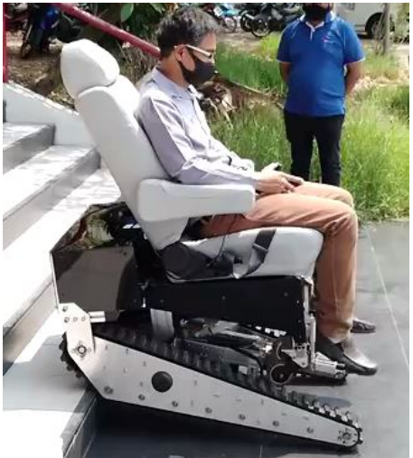Rehabilitation Engineering is a dynamic field at the forefront of BART LAB’s research endeavors. With the support of esteemed institutions like the National Research Council of Thailand (NRCT) and the National Metal and Materials Technology Center of Thailand (MTEC), our projects in Rehabilitation Engineering aim to develop innovative solutions that enhance the quality of life for individuals with physical disabilities.
One of our notable projects focuses on developing a Lower-Extremity Exoskeleton for Paraplegic Patients. Supported by the NRCT, this project aims to create a wearable robotic device that assists individuals with paraplegia in regaining mobility and independence. The exoskeleton incorporates advanced technologies, such as sensors and actuators, to support and facilitate natural walking movements, empowering individuals with lower limb impairments to participate more fully in daily activities.
Another area of focus is improving the functionality of transfemoral prosthetic legs. With support from the MTEC, we are working on a project to enhance foot clearance during the free swing phase of a transfemoral prosthetic leg. By developing innovative designs and mechanisms, we seek to optimize the leg’s ability to adapt to different terrains and situations. This improvement in foot clearance will enable individuals with amputations to navigate their environment with enhanced stability and confidence.
In upper limb prosthetics, BART LAB is developing a Sprag Rotary-Brake Design for Motorized Upper Limb Prostheses. Supported by the MTEC, this project aims to enhance the functionality of motorized upper limb prostheses by incorporating a specialized sprag rotary-brake mechanism. This innovative design aims to improve prostheses’ grip strength and precision, allowing individuals with upper limb amputations to perform intricate tasks efficiently and accurately.


Through our projects in Rehabilitation Engineering, BART LAB strives to create technological solutions that address the specific needs and challenges faced by individuals with physical disabilities. By integrating advanced technologies, such as robotics, sensors, and actuators, we aim to enhance mobility, independence, and overall quality of life for these individuals. Our collaborations with esteemed institutions and support from funding agencies demonstrate our commitment to advancing Rehabilitation Engineering and positively impacting the lives of people with disabilities.


